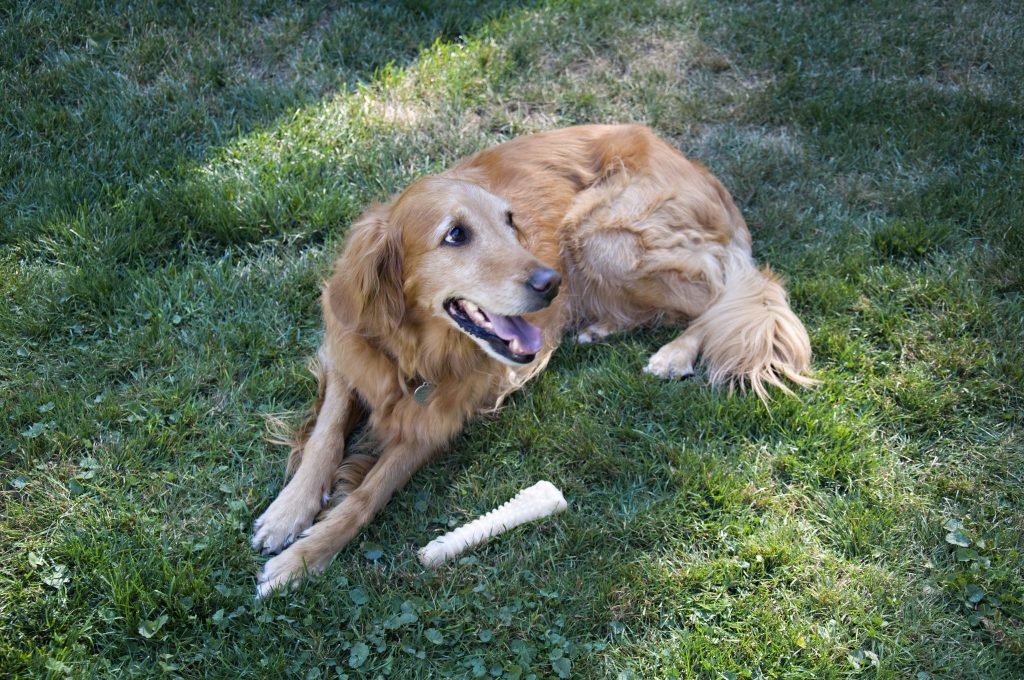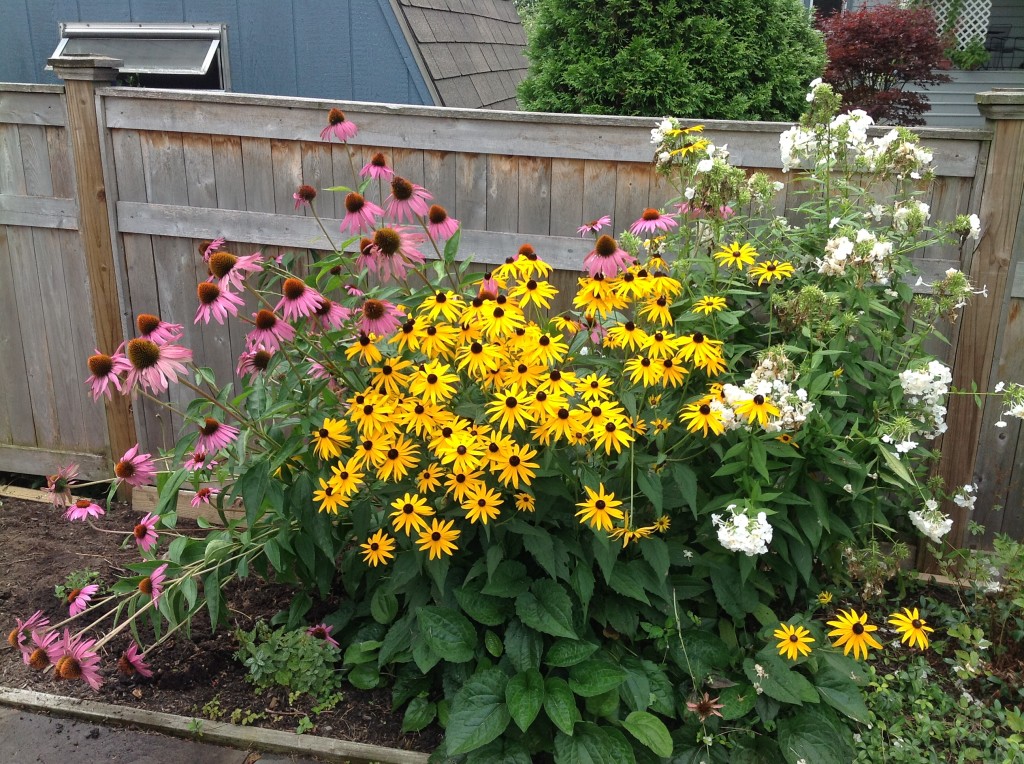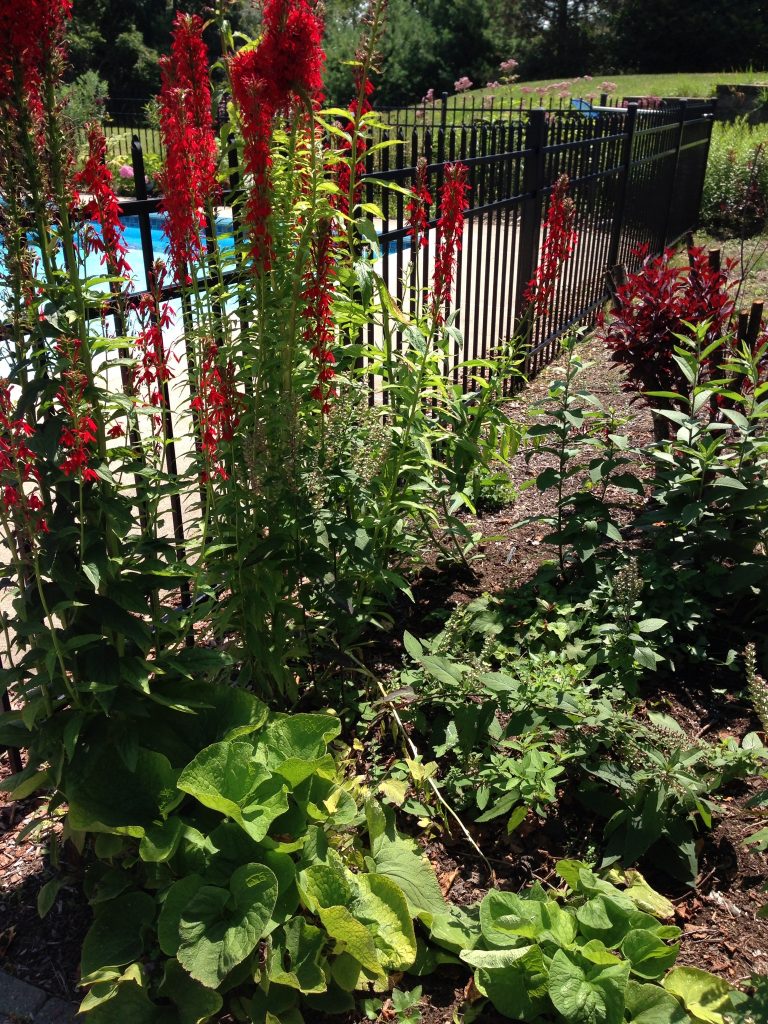I remember a client from the first year I worked in the landscaping industry, in 2005. A shelf in her garage looked like an arsenal, every kind of pesticide, herbicide and poison the chemical companies made was there, and used liberally at the owner’s whim. Another detail I noticed about the property was how it sloped steeply and when it rained all of these poisons ran down the hill, where the property’s well water sourced. Sadly, two-thirds of the humans living in the household and 100% of the dogs developed cancer within my tenure there. Though I didn’t conduct a scientific, peer reviewed study, I couldn’t help but feel like the health problems could have been prevented. I felt like there must be a better way, it wasn’t like all the poisons really did any good at the end of the day. The weeds and insects continued to show up no matter how heavy handed the herbicides and pesticides were applied.

Around the same time I was finishing up my college degree, with a concentration in Ecology, Botany and Horticulture. As I studied the landscapes of nature preserves and other wild spaces, it became clear that there is a beautiful way to landscape that follows natural principles, cooperates with nature and is safe for everyone who comes on the property. Our beloved dogs spend so much time outside and they’re really at the mercy of our good or bad decisions about chemical applications. I made it my business to learn to develop landscaping systems that would function sustainably without the input of chemicals.

The first tenet of organic, sustainable landscaping I learned about was the importance of good plant choices. Plants that are indigenous to this region are going to excel naturally, without the need for artificial fertilizers and chemical pesticides. In the photo here are shown three plant species that are native to the Saratoga Springs region: Coneflower (Echinacea purpurea), Black-Eyed Susan (Rudbeckia hirta), and Tall Phlox (Phlox maculata). These three plants are exceptions in that they are traditionally available commercially from big box stores. There are hundreds of amazing native plant species that can compose beautiful, low maintenance, chemical-free landscape systems- just because they’ve co-evolved in the Saratoga region and have the right physical composition to withstand the challenges here. Mostly they need to be sourced from specialty nurseries though, because big box stores depend on our repeat business purchasing chemical fertilizers and pesticides; it’s not in the big box garden centers’ best financial interest for us to be aware of how easy and low maintenance gardening and landscaping can be. Low maintenance, self-sustaining landscape design using native plants translates into safe properties and habitat for dogs and other animals.

(Photo shows Cardinal Flower (Lobelia cardinalis) and perennial Forget-Me-Not (Brunnera)).
In Saratoga Springs, there’s a nursery that sources native plants called WildThings Rescue Nursery, and the owner can be found at the summer farmer’s markets on High Rock Rd. Using plants that are native to New York state allows us to skip many of the traditional gardening chores like soil amendment and chemical applications. It’s hard to believe that landscape design can be more beautiful, easier and safer- but it can, it just requires access to the right information. For dog lovers outside of the Saratoga Springs, NY region, an exhaustive resource for specialty native plant nurseries can be found at: www.findnativeplants.com. I have written recently about poor landscaping practices, and how they are hurting people and animals by exacerbating the Lyme epidemic. Lyme is a huge concern for dog owners, and more education and attentiveness to our landscaping practices, especially utilizing native plant species in our installations can circumvent these problems before they start. The biodiversity created by using plant material native to the region where we live taps into a natural check and balance system, where predators (like songbirds and ladybugs) can control insect threats to health like ticks. And there are often safer, organic control methods. My husband and I opted to have an organic lawncare company come and spray essential oil of Cedar on the perimeter of our Saratoga County home, and we haven’t found a tick on our dog or each other since. Creating a safe, organic habitat for our dog friends and each other on our properties is exciting and entirely worth the exertion of time and energy as our beloved dogs enjoy better health with less of the risks associated with exposure to lawn and garden chemicals.
Blog Article Written by Jessecology
Jessecology is an eco-friendly landscape design business based in Saratoga Springs, NY, owned and operated by Jesse Elwert Peters. Jessecology creates landscape systems that are naturally beautiful, stress-free and function organically without the need for chemicals or pesticide. Jessecology’s business model creates safe habitat for dogs, people and other wildlife. Learn more >
